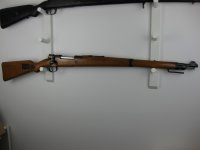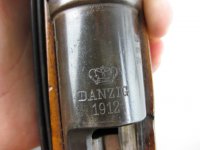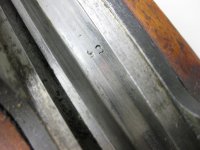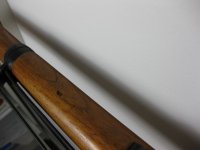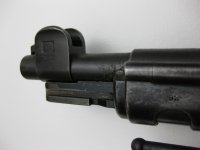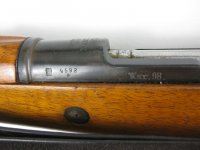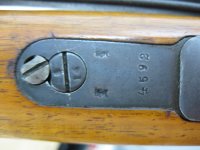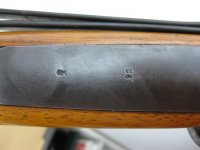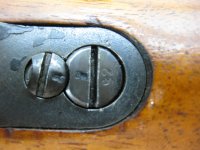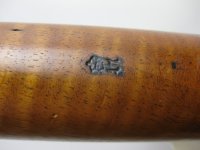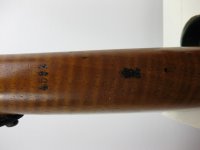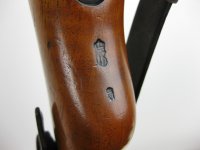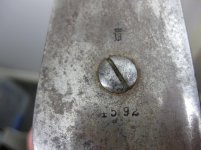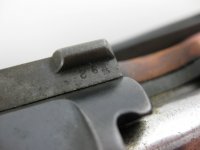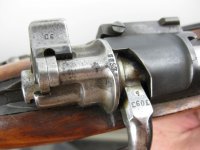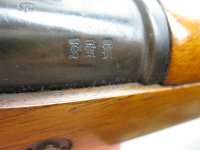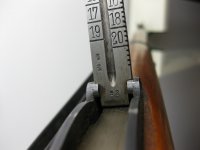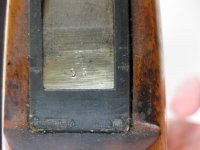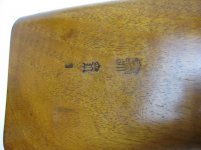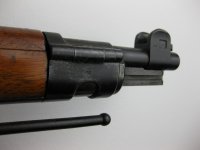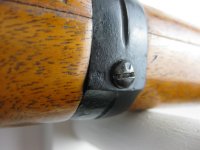This topic is covered several times on the forum, but in brief, the kar.98AZ was one of a number of trial rifles that led to the Kar.98 long "rifle", earlier there had been a short lived "short" Kar.98 which are rare today. Storz did not discover this fact and most experienced collectors already knew the Kar.98AZ designation was incorrect; MauserBill was as busy as a one legged man in a a$$ kicking contest correcting this myth 15 years before Storz book was printed. But many others also tried to explain this discrepancy in nomenclature, but it is hard to create change when several books copied each other with this error (authors tend to rely on other authors or researchers work and it is easy for a error to become set in, Storz book has helped a great deal in correcting this problem, so has time, as many of the earlier books are not read or relied upon anymore).
The Germans of the time simply called this rifle a Kar.98 or Karabiner, as the siderail designation suggest, service manuals and tactical doctrine manuals all use the word Karabiner, not kar.98a or Kar.98AZ, but officially in the early 1920's a distinction had to be made when the Germans introduced the Kar.98b, so the Kar.98 became the Kar.98a, and since collectors must also deal with the same distinctions (between Kar.98 short, Kar.98a, Kar.98b and Kar.98k) we use Kar.98a to distinguish the carbine from the others.
The Kar.98b is basically a Gewehr98 with a side sling arrangement and bent bolt, same length and general appearance. It was designed for mounted soldiers and men that carried/needed a rifle but needed their hands free, cavalry (originally its designation was rifle for riders or cavalry or something like that), support troops etc. The kar.98k was developed from this rifle in a round about way (generally, it was a convoluted process and the true origin probably was an independent development from Mauser's Standard Modell/Mauser Banner, but the actual-early Army experiments worked from a shortened Kar.98b which lost steam due to funding problems, 1930 was a REALLY bad time for starting a rifle program anywhere, but especially in Germany...), but all of these rifles are generally the same basic design, although the Kar.98a is small ring while the others are large ring and several parts are not interchangeable.
BTW, this Danzig/1912 shows no sign of interwar service, it probably was taken in WWI and brought to a "Allied" country, Australia perhaps, some nice German rifles made it to Australia after all the wars they got dragged into by England, - Boer War, WWI and probably WWII, at one time there were a lot of fine rifles in Australia, this might have been one, but I suppose the draconian laws have changed their availability recently. Anyway, I doubt this rifle saw service in post-1918 Germany.
